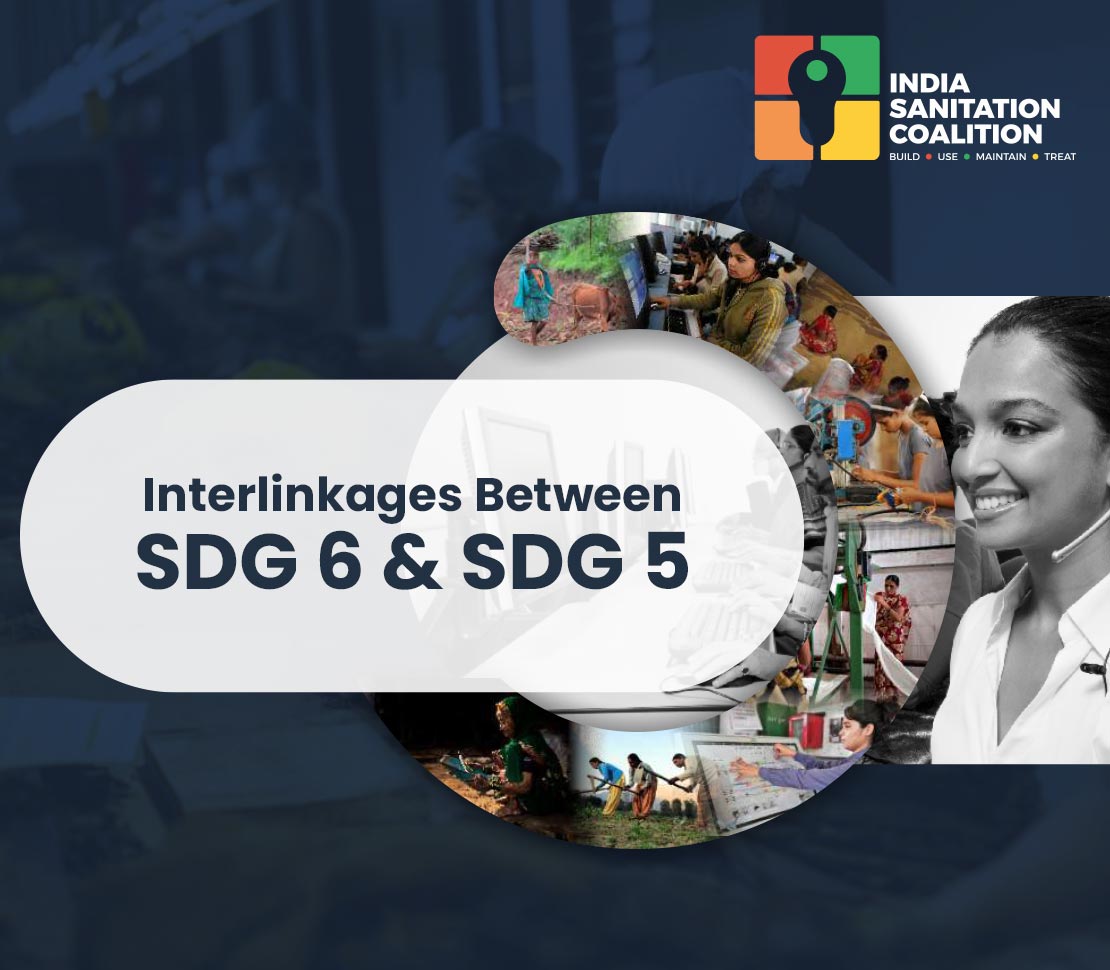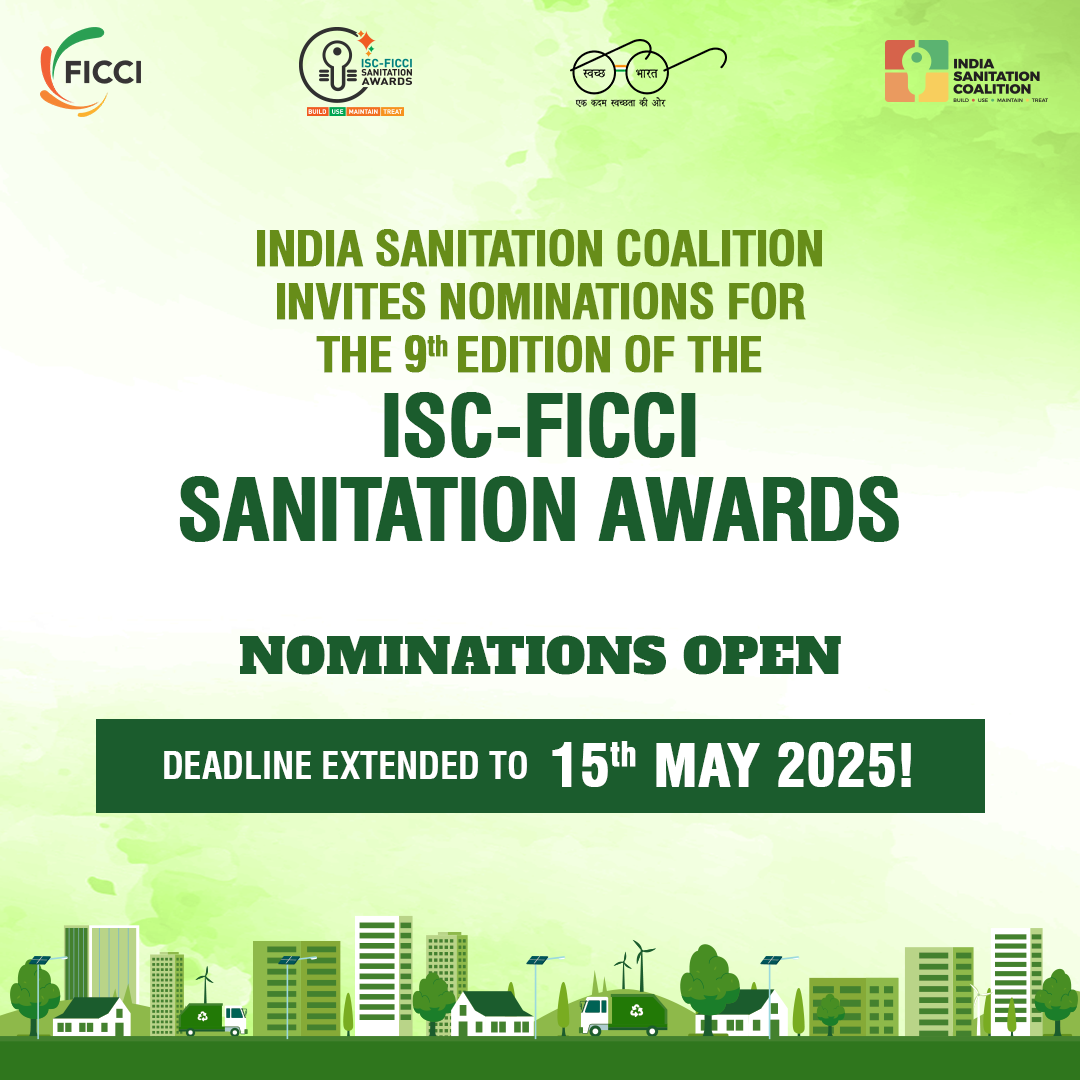Whitepaper on Interlinkages between SDG 6 and SDG 5

India has the second largest Arti?cial Intelligence (AI) workforce in the world but one of the largest AI gender gaps with only 22% of the roles being ?lled by women.
Gender Equity has always been a subject of contention for India. The country has the highest number of female infanticides in the world, with the female to male ratio at 933/1000 and Female to Male Labor Force participation ratio at 34%, both among the worst in the world. For a country where women have historically been worshipped and where traditions and festivals celebrate womanhood this is a conundrum worth exploring.
This paper seeks to throw light on a woman's role in mainstream Indian society both in a rural as well as urban context through the lens of her contribution to the economic activity of the society she lives in. As per Niti Aayog,(5) globally women spend three times more time on unpaid care work than men whereas in India women spend 9.8 times more time than men on unpaid work. This is then a base line to understand her contribution both through paid and unpaid means through the time spent by her on both.
It is also important to note that the contribution of women is across sectors i.e. health, nutrition, care, sanitation, water, agriculture. In rural India she is a homemaker, care giver as well as tiller in the ?elds to support the family income. She plays a major role in community betterment schemes and her voice is heard by the government o?cial who is responsible for ensuring development in her village. When she leaves her village to become a migrant in a city the roles don't change much with the only di?erence being that her contribution to the economic wealth of her family comes from small time jobs in the unorganized sector.
This paper will examine women's contribution across the spectrum outlining the interlinkages of WASH with other sectors and using economic status as a lens to highlight the challenges faced by her while putting forward some recommendations for consideration.
